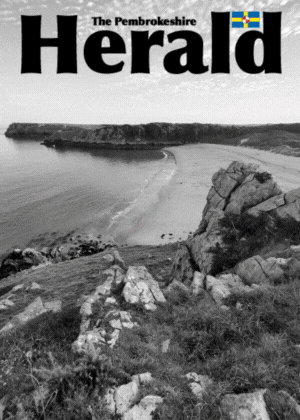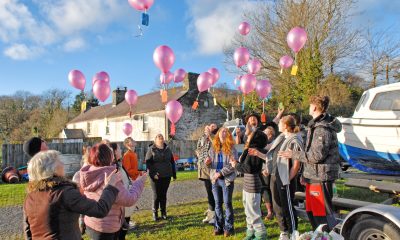Community
Brave Teddy highlights need for ‘Gift of Life’
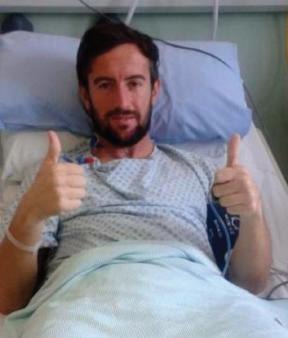
FOR Jess Evans and Mike Houlston from Cardiff, the birth of twin boys Teddy and Noah on April 22 2014 was one of both heartbreak and hope. Teddy was born with a rare yet fatal condition – anencephaly – but his parents were determined his short life would not be in vain. Once the diagnosis was confirmed during pregnancy, the parents discussed and wanted, if possible, for his organs to be donated. The family managed to spend precious time with him before he passed away and Teddy became the youngest organ donor in the UK. In the last ten years, 39 babies younger than two years old have become organ donors helping to save the lives of strangers.
As his twin Noah celebrated his first birthday the family used the anniversary to mark the occasion when his brother Teddy became a hero. His kidneys were transplanted to help save the life of another person.
Jess, 28, said: “Knowing that part of your loved one is living on in someone else is comforting. If it stops any other person going through the same thing then this can only be good. Teddy´s life had a very important role to play. Unless you have been through the same thing or know someone affected it´s hard to understand how important organ donation is.”
Mike, 30, added: “We want Teddy´s story to inspire others and help break any taboos people might still hold regarding organ donation. Organ donation wasn´t prominent in my life growing up and while I was up for it I never got round to doing anything about it. I´m sure there are many more men like me who think the same! I want to spread the word as much as possible about how organ donation saves lives, and that we should all speak to each other about our wishes. Without that discussion it is a very difficult conversation to have when it comes out of the blue. Put simply, you should ask yourself the question “Would you take an organ if you needed it?” Everyone would do so if the truth were told so we hope what Teddy did can educate people and prompt them to get talking.”
April 22 2015, the one year anniversary of Teddy’s heroism, was also a personal milestone for myself, it marked six months to the day since I received my kidney transplant and got to experience first hand the ‘gift of life’. In April 2013 I was admitted to hospital with symptoms of cramps, breathlessness, headaches, nosebleeds and chest pains. A simple blood pressure test at the doctor’s surgery had indicated a blood pressure reading of 230/170, high by anyone’s standards, but stratospheric for a 25 year-old.
This was the start of a three week stay in hospital. I had suffered Chronic Renal Failure, my blood readings were so dangerously unbalanced that I was told I may not have survived a fortnight longer. My blood pressure had been so high for so long that my heart’s muscular walls had doubled in size, I was seriously ill. Although I knew I hadn’t been feeling right for a few months, my decline from being a fit and healthy individual to being registered on the transplant waiting list was swift.
For nearly two years I was in a daily routine of medications, injections and ten hours of dialysis which took place overnight. I was unable to eat almost all of the food I liked and travel, which had been one of my main interests, was made almost impossible through the sheer amount of equipment and supplies I would have to take with me in order to survive.
For me the only option was a transplant and with an average waiting time for a kidney of between three and five years I was incredibly fortunate to have received a match in just under two years. I am one of the lucky ones and the need for donors has never been more urgent. More than 8,000 people in the UK need an organ transplant. Despite the huge advances in medicine and the great success of transplant operations, people are still dying while waiting.
There is a critical shortage of organs and the gap between the number of people waiting for a transplant and the number of organs donated is increasing. One donor can save the life of several people, restore the sight of two others and improve the quality of life of many more. The more people who pledge to donate their organs and tissue after their death, the more people stand to benefit.
In a recent survey 90% of people said they supported organ donation and almost everyone would accept a transplant if they or their loved one needed one. Yet only a third of people in the UK have registered to be an organ donor. Last year, over 40% of families refused to allow organ donation to go ahead, sometimes even when their loved one was a registered donor.
In September 2013 the Welsh Assembly passed what it described as it’s ‘most significant’ legislation to date. From December 1, Wales will be the first UK country to introduce a soft opt-out system for organ and tissue donation. The new law aims to make it easier for people in Wales to become organ donors. From this date, if you have not registered a decision to opt-in or opt-out of organ donation, you will be treated as having no objection to being an organ donor. This is called deemed consent. Thus meaning that if you did not want to donate your organs then you would have to ‘opt-out’.
In 2012/13, 36 people died in Wales whilst waiting for an organ transplant as a donor could not be found. In 2011/12 30,000 people died in Wales. Around 250 of these died in a way that would have allowed them to become a potential organ donor. But only 67 people became organ donors. Through the ‘opt out’ legislation it is hoped that waiting times for people requiring organ transplants and the number of preventable deaths can be reduced significantly.
It is rare for families to be in the awful situation where their loved one could be a potential donor. In 43% of cases where organ donation is possible, families say no to donation because they don’t know whether their loved one wanted to be a donor. When the new system is in place, families will know their loved one could have opted out if they didn’t want to be a donor. Therefore by proceeding with organ donation, they can be reassured that they are carrying out the decision of their loved one.
The law will mean if you support organ donation but simply haven’t got around to signing the Organ Donor Register, you won’t need to. As someone who has experienced first hand the positive impact organ donation can have upon a person’s life, the law change is an extremely positive move. Despite this I would still encourage people to sign up to be an organ donor. My message is a simple one: if you would accept an organ, surely you should be prepared to be a donor. Sign up to the NHS Organ Donor Register and tell your relatives that you want to donate. You can do this online by following the links on http://www.organdonation. nhs.uk or by calling 0300 123 23 23.
Business
Community council objections to Tenby Lidl store scheme
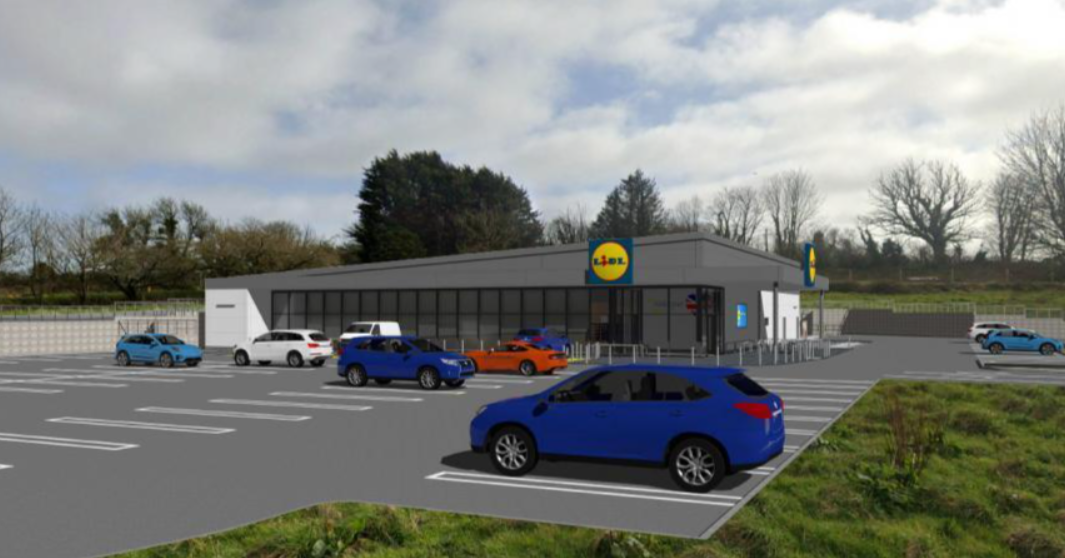
PLANS for a new store on the edge of Tenby by retail giant Lidl, which has seen objections from the local community council, are likely to be heard next year.
In an application recently lodged with Pembrokeshire County Council back in October, Lidl GB Ltd, through agent CarneySweeney, seeks permission for a new 1,969sqm store on land at Park House Court, Narberth Road, New Hedges/Tenby, to the north of the Park Court Nursing Home.
The proposals for the latest specification Lidl store, which includes 103 parking spaces, would create 40 jobs, the applicants say.
The application follows draft proposals submitted in 2024 and public consultations on the scheme, with a leaflet drop delivered to 8,605 local properties; an information website, with online feedback form; and a public exhibition, held last December at the De Valence Pavillion in Tenby, with a follow-up community event held at New Hedges Village Hall, close to the site, publicised through an additional postcard issued to 2,060 properties.
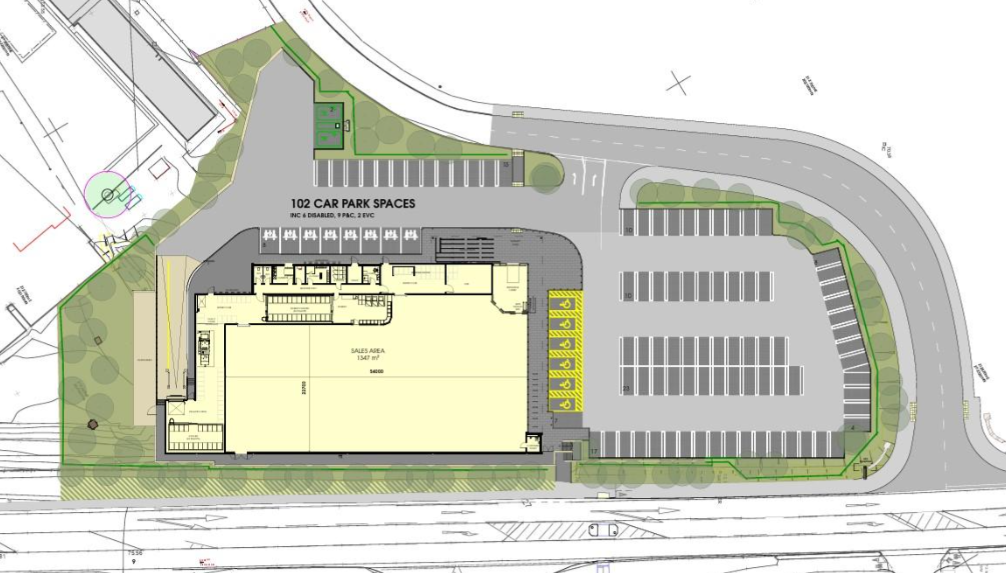
Some 1,365 responses have been received, with 89 per cent of respondents expressing support for the proposals, the applicants say.
A supporting statement says: “Lidl is now exceptionally well established in the UK with the Company operating c.980 stores from sites and premises both within and outside town centres. Its market share continues to increase substantially, and the company is expanding its store network considerably. The UK operational model is based firmly on the success of Lidl’s operations abroad with more than 10,800 stores trading across Europe.
It adds: “The granting of planning permission for the erection of a new Lidl food store would increase the retail offer and boost the local economy. The new Lidl food store would create up to 40 employment opportunities for people of all ages and backgrounds, providing opportunities for training and career development. This in turn will create an upward spiral of economic benefits.”
Local community council St Mary Out Liberty Community Council has formally objected to the scheme, saying that, while it supports the scheme for a Lidl store in principle, recognising “the economic benefits a new retail store could bring,” it says the proposed location “is unsuitable, conflicts with planning policy, and cannot be supported in its current form”.
Its objections add: “The A478 is heavily congested in peak tourist months. A supermarket would worsen congestion, increase turning movements, and heighten risks to pedestrians, cyclists, and emergency access.”
It also raises concerns on the potential impact through “noise, lighting, traffic disturbance, and loss of quiet amenity” on a neighbouring residential care home.
An initial assessment by Pembrokeshire County Council, highlighted concerns about the visual impact, with the authority’s landscape officer commenting that the store would introduce “an intense urban function into an otherwise rural context”.
The report added: “It is not considered to be compatible with the character of the site and the area within which it is located; and furthermore, will lead to a harmful visual impact on the setting of the National Park.”
The application will be considered by county planners at a later date.
Community
Craig Flannery appointed as new Chief Fire Officer
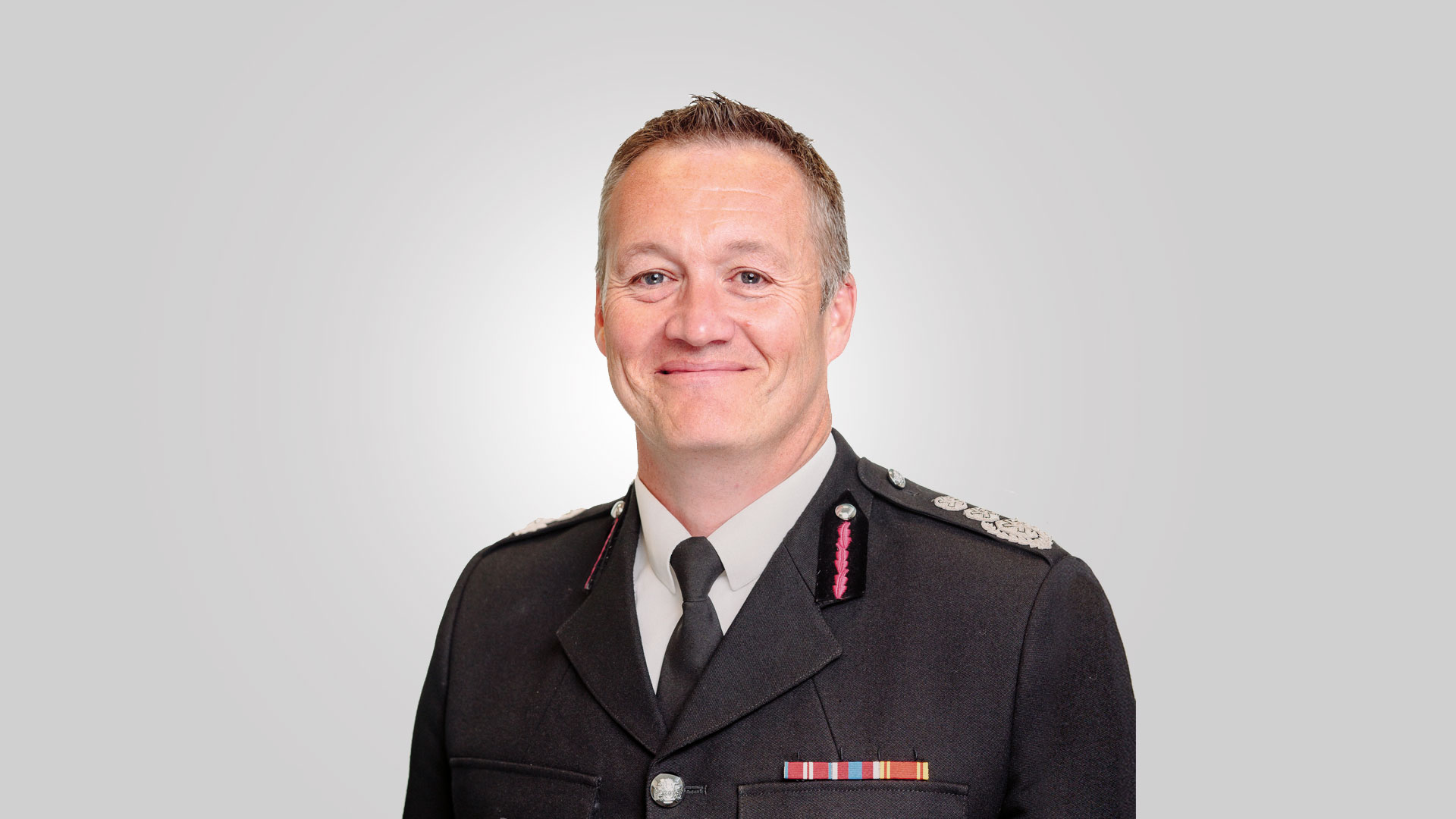
MID AND WEST WALES FIRE SERVICE LEADERSHIP CHANGE
MID and West Wales Fire and Rescue Service has announced the appointment of Craig Flannery as its new Chief Fire Officer, with effect from Monday, December 15, 2025.
Mr Flannery has served with the Service for more than twenty years, progressing through a wide range of middle management and senior leadership roles across both operational and non-operational departments.
During his career, he has been closely involved in strengthening operational delivery, risk management and organisational development. His work has included leading innovation in learning and development, overseeing the Service’s On-Call Improvement Programme, and driving investment in key enabling functions such as workforce development and information and communication technology.
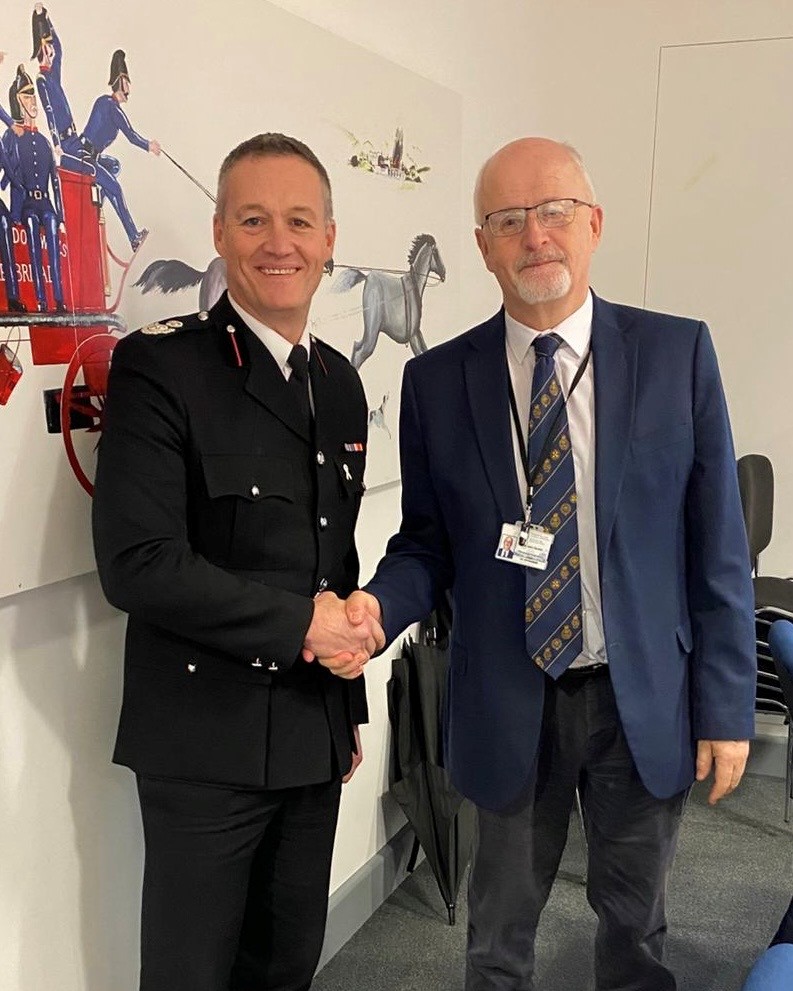
The appointment followed a rigorous, multi-stage recruitment process led by Mid and West Wales Fire and Rescue Authority. Candidates were assessed through structured interviews, strategic leadership exercises and scenario-based assessments designed to test operational judgement, organisational vision and the ability to lead a modern fire and rescue service.
External professional assessors were also engaged to provide independent scrutiny, ensuring the process met high standards of fairness, transparency and challenge.
Mr Flannery emerged as the strongest candidate, demonstrating clear strategic leadership capability, detailed organisational knowledge and a strong commitment to community safety and service improvement.
Councillor John Davies, Chair of Mid and West Wales Fire and Rescue Authority, said: “Craig brings a deep understanding of our Service and a clear vision for its future. His appointment will strengthen our ability to innovate, support our workforce and deliver high-quality protection for the communities we serve.
“As we navigate a rapidly changing landscape, Craig’s experience in driving innovation and organisational development will be invaluable in helping us adapt and transform for the future.”
Commenting on his appointment, Mr Flannery said: “It is a privilege to lead this outstanding Service. I am committed to supporting our people, strengthening partnerships and building on the strong foundations already in place.
“As the challenges facing fire and rescue services continue to evolve, we must modernise and innovate, ensuring we have the skills, technology and capability needed to meet the needs of our communities. I look forward to working with colleagues and partners across Mid and West Wales to deliver a resilient, progressive Service that keeps people safe and places our staff at the heart of everything we do.”
Community
Senedd unanimously backs sign language bill

PLANS to make Wales the best place in the UK for British Sign Language (BSL) users moved a significant step closer to becoming law with the Senedd’s unanimous support.
If ultimately passed, the BSL bill – introduced by the Conservatives’ Mark Isherwood – would end Wales’ status as the only UK nation without specific sign language protections.
Leading a debate on Wednesday December 17, Mr Isherwood said the Senedd supporting the bill’s general principles was a “huge step ahead” for the “vital” legislation.
Mr Isherwood, a disability rights campaigner for decades, explained his backbench bill would introduce legal requirements to promote and facilitate the use of BSL in Wales.
He said the bill, if passed, would be the most progressive piece of BSL legislation anywhere in the UK, recognising BSL is a language in its own right, not a communication support need.

He highlighted that the bill would establish a BSL adviser role, the first statutory post of its kind in the UK, describing its importance as something that “cannot be overstated”.
Mr Isherwood, who chairs cross-party groups on disability and deaf issues, told the Senedd: “This isn’t just my bill. This is the bill of the BSL community. Let’s make this happen together and be proud of it together on behalf of deaf people across Wales.”
Jenny Rathbone, the Labour chair of the Senedd’s equality committee, was convinced of the “overdue” need for legislation to give more standing to British Sign Language.
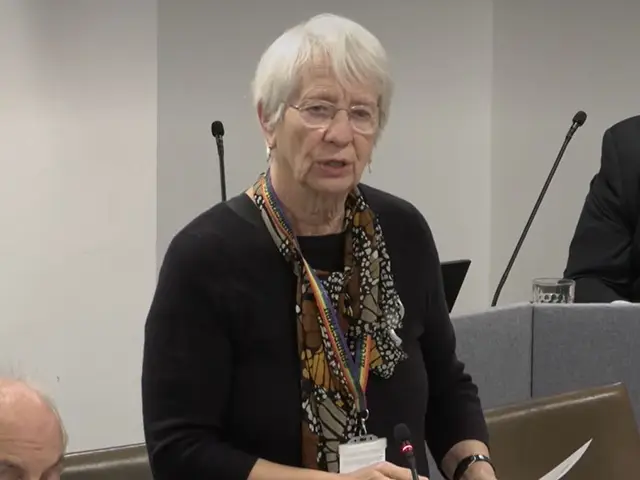
Ms Rathbone said the committee heard the biggest barrier “by some margin” was the availability of interpreters and the sustainability of the workforce.
She quoted a signer who told the committee: “The bill would make us feel respected and valued. But without proper funding, planning and deaf-led leadership, it won’t go far enough.”
Sioned Williams, Plaid Cymru’s shadow social justice secretary, told Senedd members: “Language is a part of our identity, our culture and our personal dignity.
“When someone cannot use their language, they are excluded from education, health care, employment and public life – and that is not acceptable in today’s Wales.”
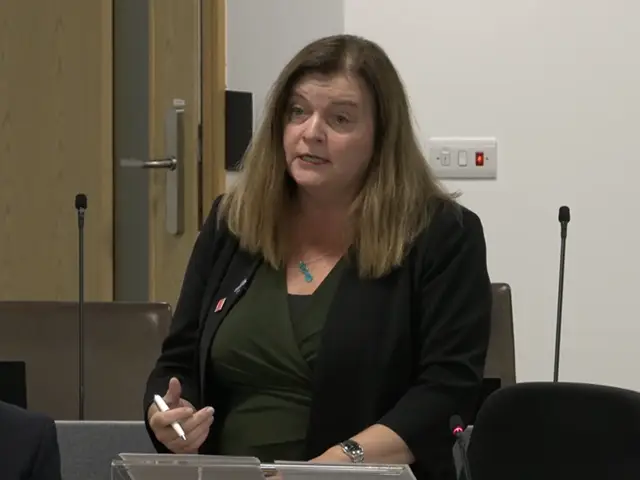
Ms Williams warned that if the legislation fails to deliver real change, the deaf community would be left “angry, disappointed and very, very disheartened”.
She expressed concern that the bill does not legally require the BSL adviser to be a deaf person, arguing it is “not appropriate, possible or efficient” for non-signers to lead the way.
Mr Isherwood defended the decision not to require that the adviser must be deaf, warning a successful legal challenge to a single such provision could cause the entire bill to fail.
Welsh Liberal Democrat leader Jane Dodds warned of an immediate workforce crisis, with only 54 registered sign language interpreters in Wales as of July.
With many now approaching the end of their working lives, she said: “We cannot – we must not – allow this bill to fail because we didn’t have the foresight to address this crisis now.”
Support for the bill stretched across the political spectrum, with Reform UK’s Laura Anne Jones similarly welcoming the “long-overdue” and “vital” legislation.
Jane Hutt, Wales’ social justice secretary, confirmed the Welsh Government’s financial backing, committing £214,300 for the bill’s first year of implementation in 2026/27.
If it clears the final hurdles, Mr Isherwood’s proposal will be the first backbench bill to enter the statute book in about a decade following the Nurse Staffing Levels (Wales) Act 2016.
-

 Crime2 days ago
Crime2 days agoMilford Haven man jailed after drunken attack on partner and police officers
-

 News5 days ago
News5 days agoDyfed-Powys Police launch major investigation after triple fatal crash
-

 Crime2 days ago
Crime2 days agoTeenager charged following rape allegation at Saundersfoot nightclub
-
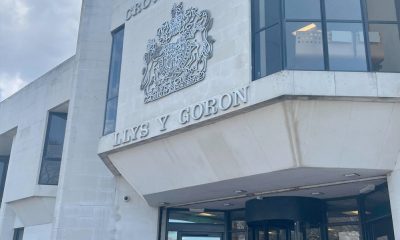
 Crime3 days ago
Crime3 days agoMan charged with months of coercive control and assaults
-

 Crime4 days ago
Crime4 days agoMan sent to Crown Court over historic indecent assault allegations
-

 Crime6 days ago
Crime6 days agoMan spared jail after baseball bat incident in Milford Haven
-
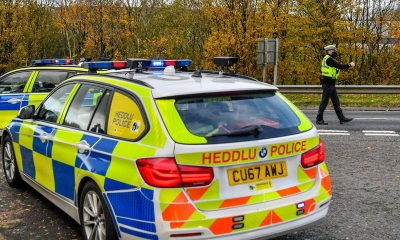
 Crime4 days ago
Crime4 days agoMilford Haven man admits multiple offences after A477 incident
-

 Crime3 days ago
Crime3 days agoWoman ‘terrified in own home’ after ex breaches court order












